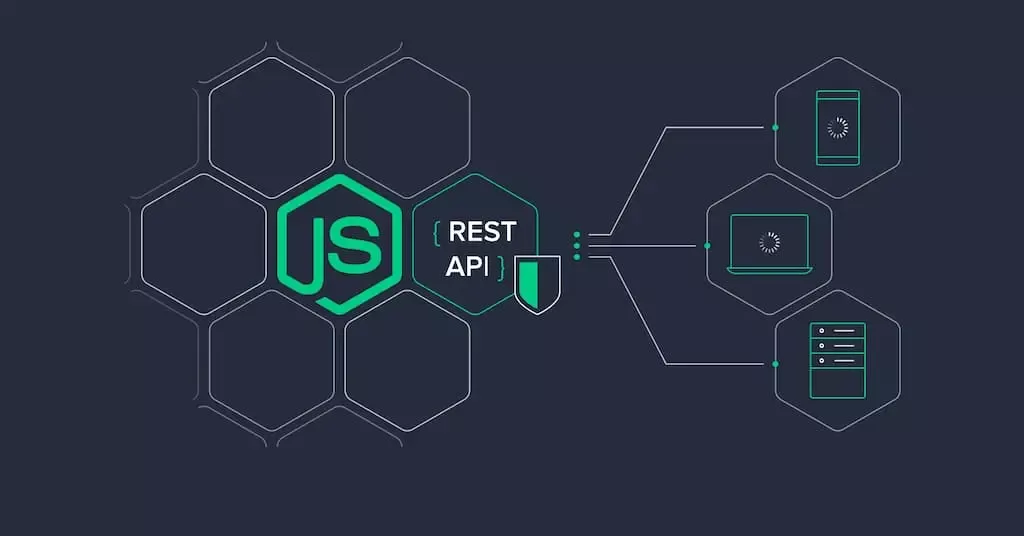
Building a RESTful API with Node.js and Express

Overview Building an API is an essential part of developing modern applications. APIs are
Overview
Building an API is an essential part of developing modern applications. APIs are a way for different applications to communicate with each other, and RESTful APIs are a popular approach to building APIs that are flexible, scalable, and easy to maintain. Node.js and Express.js are two of the most popular technologies used for building RESTful APIs due to their speed, flexibility, and ease of use.
Setting Up Node.js and Express.js
Before getting started, make sure Node.js and npm are installed on your machine. You can download these from the official Node.js website ( https://nodejs.org ). Then, create a new directory for your project and run npm init to create a new package.json file. This file will contain information about your project and its dependencies.
Next, install Express.js by running npm install express in your project directory. This will install the latest version of Express.js and its dependencies. After this, create a new file called index.js and add the following code:
const express = require('express');
const app = express();
const port = 3000;
app.get('/', (req, res) => {
res.send('Hello World!');
});
app.listen(port, () => {
console.log(`Server listening on port $.`);
});
This code sets up a basic Express.js server that listens on port 3000 and responds with "Hello World!" when a GET request is made to the root endpoint. You can test this by running the node index.js command in your terminal and opening http://localhost:3000 in your browser.
Defining Routes and Handling Requests
To define additional routes and handle requests, add the following code to index.js :
app.get('/api/users', (req, res) => {
// Return a list of users
});
app.post('/api/users', (req, res) => {
// Create a new user
});
app.put('/api/users/:id', (req, res) => {
// Update a user by ID
});
app.delete('/api/users/:id', (req, res) => {
// Delete a user by ID
});
These routes handle GET, POST, PUT, and DELETE requests to the /api/users endpoint. The :id parameter in the PUT and DELETE routes allows for updating and deleting specific users by ID. You can add more routes to your API as needed, and use middleware to handle authentication, logging, and other tasks.
Connecting to a Database
To store and retrieve data for your API, you'll need to connect to a database. MongoDB is a popular choice for Node.js applications, and Mongoose is a popular library for working with MongoDB. To connect to a MongoDB database using Mongoose, add the following code to index.js :
const mongoose = require('mongoose');
mongoose.connect('mongodb://localhost/myapp');
const userSchema = new mongoose.Schema({
name: String,
email: String,
password: String
});
const User = mongoose.model('User', userSchema);
This code connects to a local MongoDB database called "myapp" and defines a user schema and model using Mongoose. You can use the User model to create, read, update, and delete users from your database.
Conclusion
Node.js and Express.js provide a powerful and flexible platform for building RESTful APIs. With the ability to define routes, handle requests, and connect to a database, building a scalable and maintainable API is easier than ever. However, building a robust API requires careful planning, testing, and documentation. You should consider factors such as security, performance, and usability when designing your API, and follow best practices such as versioning, error handling, and caching. So, what are you waiting for? Start building your own RESTful API with Node.js and Express.js today!

